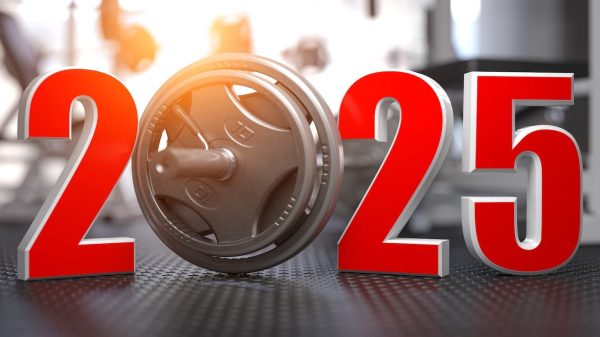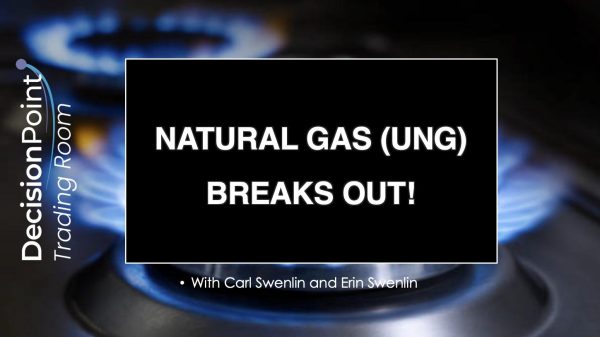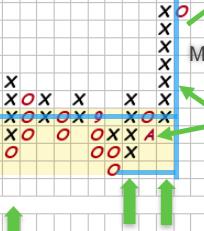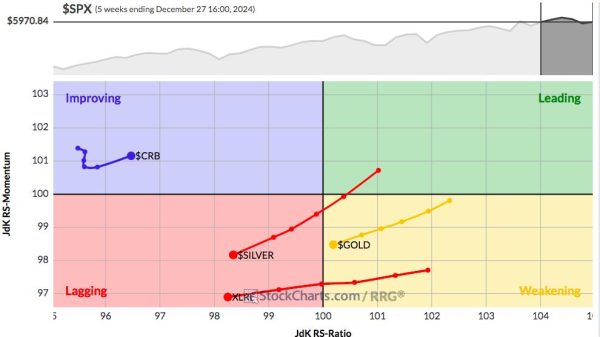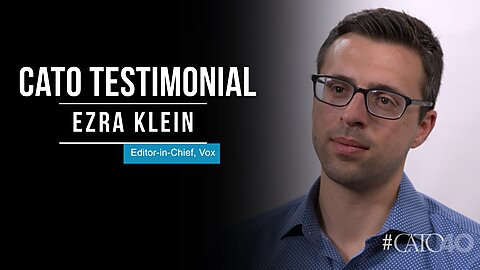Travis Fisher
The Inflation Reduction Act (IRA), the landmark climate law passed in 2022, offers energy‐related subsidies for a variety of activities. Many of the IRA’s energy subsidies, such as tax credits for electric vehicles and green hydrogen production, are slated to end in the year 2032. Thanks to new guidance from the Internal Revenue Service (IRS), however, taxpayers may be on the hook indefinitely for tax credits for electricity production and energy storage. These subsidies have numerous bad effects that I’ve cataloged here and could end up costing $3 trillion or more.
The IRA’s longest‐lasting energy subsidies—investment tax credits for energy storage and production tax credits for low‐greenhouse gas (GHG) electricity production—have no fixed expiration date or spending cap. Instead, these tax credits only go away when the Treasury secretary determines that the US electricity sector has reduced its GHG emissions to 25 percent of 2022 emissions (or lower).
The IRS’s New Guidance
Under the new guidance, the IRS says the Treasury secretary must confirm that GHG emissions targets have been met by referencing two different data sets, each from a different federal agency, and each using different methodologies. Only when both sets of data—one from the Environmental Protection Agency (EPA) and one from the Energy Information Administration (EIA) within the Department of Energy—show that GHG emissions levels have fallen to or below 25 percent of 2022 levels will the last of the IRA subsidies begin to phase down.
The two data sets nearly agree on the 2022 emissions level. According to the IRS, the EIA data set establishes a 2022 baseline level of power sector emissions of 1,685 million metric tons (MMT) of CO2, whereas the EPA data would establish a baseline of 1,613 MMT of CO2‐equivalent GHGs. Hence, the targets of 25 percent of each would be approximately 421 MMT CO2 and 403 MMT CO2‐equivalent (CO2‑e). I do not view such a discrepancy as a showstopper.
The real trouble begins when we ask why the end of the IRA subsidies should depend on meeting a future standard—say, 403 MMT CO2‑e—under both a CO2‐based and a CO2‐e‐based metric. Notably, CO2‑e incorporates other GHGs such as methane (CH4) and nitrous oxide (N2O), which have estimates of global warming potential (GWP) that are 28 and 265 times higher than CO2, respectively.
Source.
Perhaps my concern is premature, but there are many ways the EPA could abuse its new discretion. For example, imagine it’s the year 2045 and the CO2 target has been met according to EIA data. What if the EPA suddenly discovers new methane and nitrous oxide emissions that it attributes to the power sector? With estimates of GWP 28 and 265 times higher than CO2 (see table above), any adjustment to those data would have a large impact on the calculation of the CO2‑e metric and could delay the phase‐down year for IRA subsidies.
If the above scenario seems far‐fetched, consider the shift in the way advocates discuss the role of natural gas in reducing GHG emissions. Initially praised for outcompeting the coal industry and reducing CO2 emissions from the power sector, environmentalists later framed methane leakage as such a large problem that any CO2 emissions reductions from natural gas were more than offset. Natural gas became “as bad for the climate as coal.”
When faced with the end of the IRA subsidies, could favored corporations and environmentalists—the bootleggers and Baptists of the IRA—find new ways to keep the electricity sector’s CO2‑e emissions from hitting the phase‐down target? Odder things have been documented by economists who study public choice.
Conclusion
Like the IRA itself, the recent IRS guidance is bad news for the American people—it deepens the problem of unlimited IRA subsidies and enables executive agency overreach. The IRA’s energy tax credits should not exist, but if they must, then the administration should establish an either/or structure for competing data sets where hitting GHG targets under just one methodology will end the subsidies. Instead, the IRS’s new guidance seems designed to maximize taxpayer liability by keeping IRA subsidies around for as long as possible.







